Note: This website was automatically translated, so some terms or nuances may not be completely accurate.
Exploring Possibilities and Evolution Through "Error"!
What is the Ars Electronica Festival?
Have you heard of the Ars Electronica Festival?
The Ars Electronica Festival is a global celebration of art, cutting-edge technology, and culture held annually in Linz, Austria.
Here, you can catch glimpses of future landscapes through media artworks posing questions about future challenges, research incorporating the latest technologies, and forward-thinking conferences spanning diverse fields.
Consequently, while the arts remain central, more visitors are coming to seek hints for the future from the business world as well. This year, over 500 events were held, featuring more than 1,000 artists and drawing over 105,000 attendees over five days.
This time, new copywriter Yui, who also creates media art herself, will deliver a two-part report on the Ars Electronica Festival.
I had long wished to attend this festival. Upon actually going, I was overwhelmed by the sheer number of works—far exceeding my expectations—so vast that five days weren't enough to see everything. I also had the opportunity to interact with leading artists and curators, gaining invaluable experience.
But what left the deepest impression during this visit was this year's festival theme.
This year's theme was "Error: The Art of Imperfection."
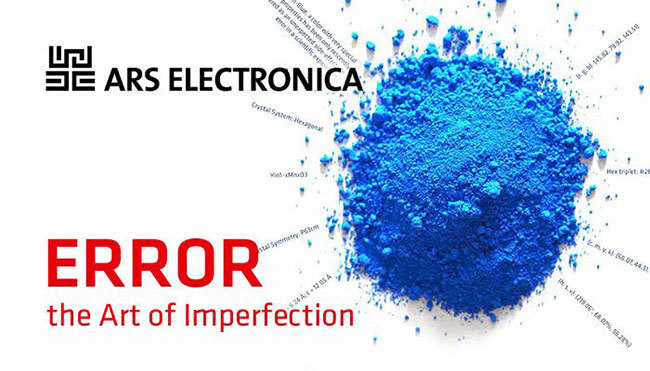
Each year, the festival adopts a theme relevant to the times. For example, last year's theme was "AI: Another Me," exploring the meaning of human existence and identity through the lens of AI.
This year's theme is "ERROR: The Art of Imperfection."
To paraphrase this concept:
In our digital-centric society, perfection is demanded, and imperfection is discarded. Yet, it is within this imperfection—the error—that potential lies dormant. Eliminating all room for unpredictability closes off new pathways for better ideas. Errors, as deviations from theoretical values we never anticipated, carve out new paths. Furthermore, the difference between AI and us, our humanity, might lie in these errors. Tolerance for error and the creativity born from it may be the most crucial skill for us to navigate the future. Let's consider how far we should embrace error.
This theme connects to last year's AI theme.
The festival featured exhibitions and conferences on this theme, fostering broad discussions about what errors are, their impact, and what kinds of errors might emerge in the future.
In this first article, we'll introduce several exhibition pieces related to this theme of error.
Encountering Various "Errors" ~ Introducing the Works
■Machine-Drawn Cinematic Filters: "Inaccurate Collaborations"
Authors: Cristóbal Valenzuela and Anastasis Germanidis.
Developed with: Runway (runwayapp.ai)
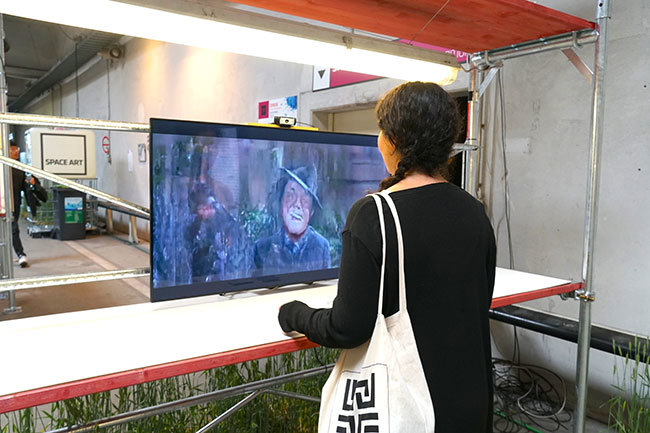
This work uses a machine to redraw the scenery captured by a webcam in real time, in the style of a particular film world. For example, if trained on the film Singin' in the Rain and then instructed to draw, the person in the camera view transforms into a character resembling the film's protagonist wearing a hat.
Unlike previous machines that produced fixed outputs, this work intentionally introduces errors to generate inaccurate results. It seems to explore a new form of creative collaboration between humans and machines.
Indeed, for a machine that only knows the world of film, the information about what it perceived can only be conveyed through ambiguous depictions. Precisely because the answer isn't clear, it was a work that expanded the viewer's imagination.
■Surveillance Society Where Machines Detect Human Abnormal Behavior: "False Positives"
Esther Hovers

This work addresses surveillance societies that detect potentially criminal abnormal behavior from camera footage. The title "False Positives" refers to "false detections where normal things are mistakenly judged as illegal."
Here, even actions we occasionally perform ourselves—like suddenly running in public spaces or lingering on the street—are flagged as abnormal behavior.
While some countries are advancing surveillance societies, the problems this work presents—like erroneous arrests stemming from such errors—may not be a distant future scenario.
■Facial recognition that can even detect political leanings: "Smile to Vote political physiognomy analytics"
Alexander Peterhaensel
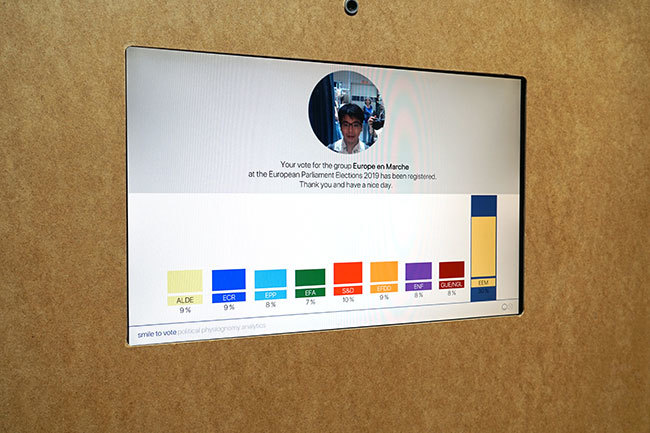
This work provokes surprise and questions: Can facial recognition really discern such things? Upon entering a voting booth and having your face photographed, AI analyzes the facial image to determine which political party's tendencies are strongest in your face and casts the vote for you. The exhibition allows visitors to experience this convenient voting system through a simulation of the 2019 European Parliament elections.
This work raises the question: Is it acceptable to entrust critical decisions to machines without considering the possibility of errors within black-box AI systems, or the inherent bias in the data AI has learned from?
■Creating a Data-Based Passport Experience: "Sensible Data"
Martin Hertig
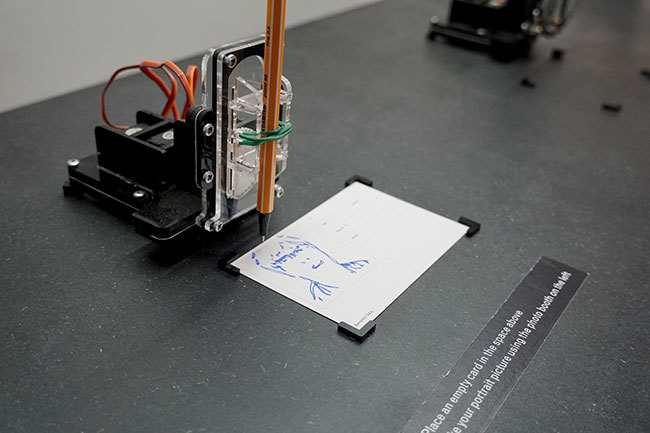
This work involves creating a passport of personal data through three devices. First, you take a photo of your face and send your email address. Then, your photo is analyzed to assess your age, gender, mood, and beauty level, and a robot records this information onto the passport. Finally, the participant presses a button as a confirmation stamp to receive the passport.
However, this work secretly captures your fingerprint the moment you press the button. Furthermore, shortly after the experience, several pieces of data previously collected from other people are sent to your email address.
While appearing like a fun little experience, this work conveys the frightening ease with which vast amounts of personal data can be collected.
■Finding Hidden Love Stories in Official Documents: "Wikileaks: A Love Story"
Anna Ridler

Wikileaks, the website that publishes confidential information anonymously. This work gathers documents published there and highlights hidden workplace love stories within them. By holding a tablet over the documents, expressions of love from actual emails appear via AR, revealing the hidden love stories.
Wikileaks is often perceived as solely containing public content, used to advocate for freedom and rights. However, this work reveals a systemic flaw: private documents have also slipped in. Simultaneously, it highlights the human error inherent in the workplace—people inadvertently writing romantic emails, even in formal settings.
■Movie scenes change based on attention level: "The MOMENT"
Rachel Ramchurn, Richard Ramchurn
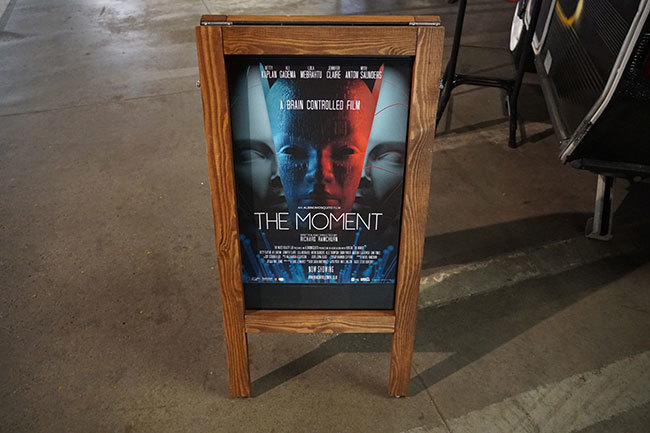
This innovative visual experience alters the scenes shown based on the viewer's brainwave attention levels. The film offers a total of 18 billion possible combinations.
When I watched it, during a moment when the live-action footage felt slightly unsettling, it switched to bright CG imagery, allowing me to breathe a sigh of relief.
Regarding what constituted the "error," I honestly don't know, but I sensed it might have been an error in the sense that it demonstrated the potential to create unexpected developments by using brainwaves for prediction.
Furthermore, since brainwaves can't be intentionally manipulated, I felt the convenience of simply being a passive viewer while receiving the optimal content.
Incidentally, at this year's festival, works utilizing brainwaves—including hackathon projects—were exhibited everywhere, emerging as a notable trend.
■Artificial Organism with Unpredictable Movements: "πTon"
Cod.Act

This is a work by Cod.Act, a group that has won the Grand Prize twice at Japan's Japan Media Arts Festival. They have long researched structures exhibiting unpredictable movements.
In this piece, motors inside a looped hose move randomly, causing the entire hose to twist and undulate like an invertebrate. Based on these movements, synthetic voices are emitted from people positioned at the four corners. From these unpredictable, almost error-like movements and voices, I sensed a writhing sense of life and fear.
"Error" might be the trigger for evolution
I've introduced works covering AI, data, brainwaves, and life. Beyond these, the exhibition featured bioart exploring the theme of error, as well as pieces addressing social and environmental issues. If you're interested, the Ars Electronica website has descriptions of the works, so please take a look.
While all the works critically examined both the positive and negative aspects of errors, what left a strong impression throughout the entire exhibition was that several pieces deliberately incorporated errors, harnessing the effects they produce.
Just as our ancestors evolved into their current forms by altering genetic sequences, error possesses the power to transcend boundaries and lead to new methods and expressions.
At this Ars Electronica Festival, many people visited seeking unexpected answers from art—outside the confines of business—to explore new forms of business. That act itself might have been an act of seeking error.
This time, we focused on international works centered around the theme of error. Next time, we will focus on works exhibited from Japan.
* Ars Electronica operates on four pillars: not only the festival, but also the Ars Electronica Center museum, the Future Lab research organization, and the Prix Ars Electronica competition, often called the Oscars of the computer world. One of these pillars, the Festival, has a history spanning 39 years since its inception in 1979. It incorporates the other three pillars—the Ars museum, the research organization, and the award-winning works—into the celebration.
Was this article helpful?
Newsletter registration is here
We select and publish important news every day
For inquiries about this article
Author

Toshiya Yui
Dentsu Inc.
BXCC
UX Designer / Creative Technologist
Born in Nagano Prefecture in 1993. Graduated from the Department of Expressive Engineering, Graduate School of Science and Engineering, Waseda University. Engages in planning, development, and experience creation rooted in technology. Also active as a media artist. Recipient of the Good Design Award, Art Hack Day 2018 Grand Prix, Alife 2018 Best Poster Award, among others. Exhibited "Escalator Museum" at Roppongi Art Night 2019.

